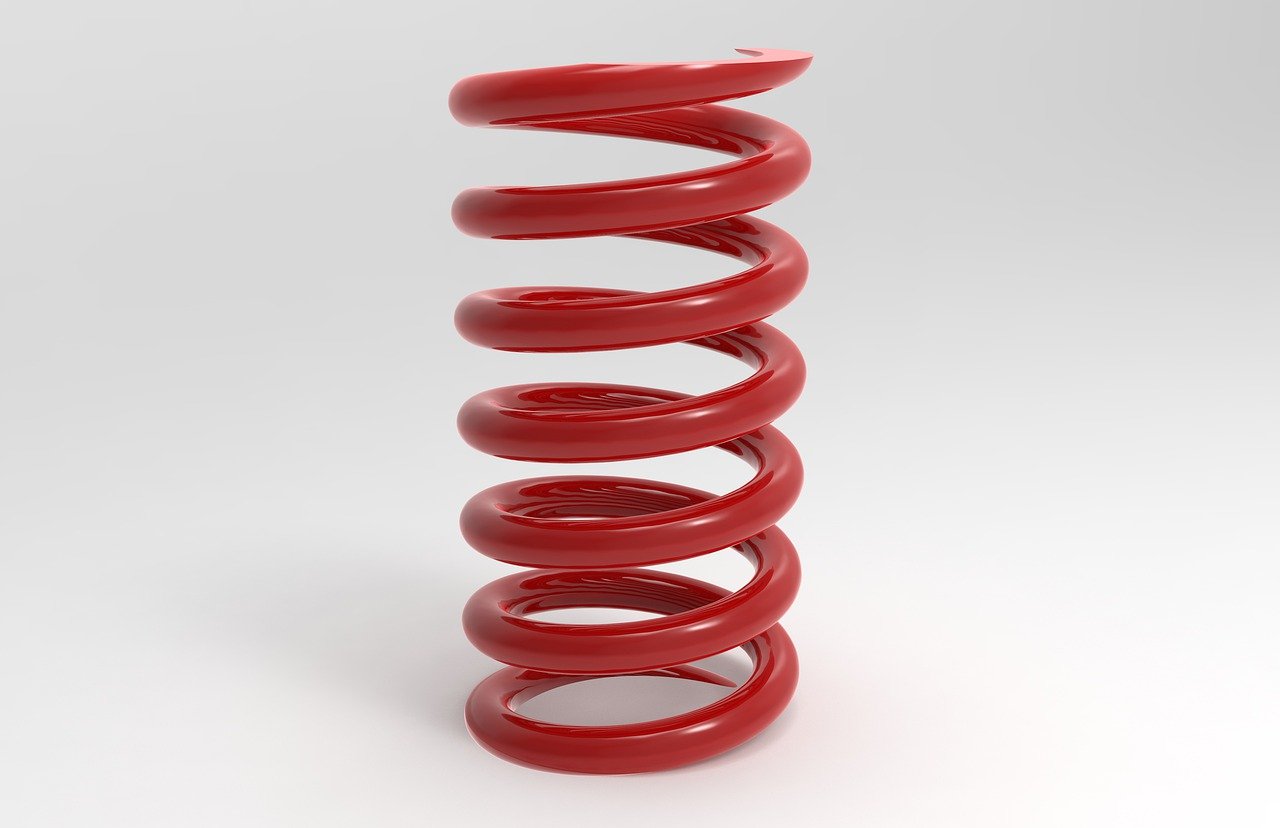Suspension springs are a fundamental component of a vehicle’s suspension system, crucial for ensuring a smooth ride and maintaining control over the vehicle. This article delves into the function, types, and maintenance of suspension springs, providing practical advice for auto enthusiasts, DIY mechanics, and car owners.
Function of Suspension Springs
Suspension springs play a pivotal role in absorbing and dampening the shocks from road irregularities. They help maintain contact between the tyres and the road surface, which is essential for safe handling and ride comfort. By compressing and expanding, the springs absorb the energy from bumps and potholes, reducing the impact on the vehicle and its occupants.
Types of Suspension Springs
There are several types of suspension springs, each with its advantages and applications:
Coil Springs
Coil springs are the most common type found in modern vehicles. They are coiled lengths of metal that compress and expand to absorb road shocks. Coil springs are known for their durability and ability to provide a smooth ride.
Leaf Springs
Leaf springs are typically used in the rear suspension of trucks and heavy-duty vehicles. They consist of multiple layers of metal strips (leaves) bound together. Leaf springs are highly effective for load support and off-road capability, making them ideal for vehicles carrying heavy loads.
Air Springs
Air springs are increasingly used in luxury vehicles. These springs use air pressure to provide adjustable ride height and comfort. Air springs can be adjusted to suit different driving conditions, enhancing the overall driving experience.
Installing Peugeot 106 lowering springs can enhance your car’s handling and give it a sleek, sporty appearance by reducing the ride height and improving aerodynamics.
Factors Affecting Spring Selection
When selecting suspension springs, several factors need to be considered:
Vehicle Weight
The weight of the vehicle significantly influences the choice of suspension springs. Heavier vehicles require stiffer springs to support the additional weight, while lighter vehicles can use softer springs for a more comfortable ride.
Intended Use
The intended use of the vehicle also determines the type of springs needed. For instance, off-road vehicles require springs that can handle rough terrain, while performance cars benefit from springs that enhance handling and responsiveness.
Cost
Cost is another important factor. While coil springs are generally more affordable, air springs offer advanced features but at a higher price. It’s crucial to balance cost with performance needs.
Spring Rates and Their Impact
Spring rate refers to the stiffness of the spring, measured in pounds per inch (lb/in). A higher spring rate means a stiffer spring, which improves handling but may reduce ride comfort. Conversely, a lower spring rate offers a smoother ride but can compromise handling. Selecting the appropriate spring rate is key to achieving the desired balance between comfort and performance.
Signs of Worn or Damaged Springs
Regular inspection of suspension springs is essential to maintain vehicle safety and performance. Signs of worn or damaged springs include a sagging ride height, unusual noises, and a bouncy ride. If any of these symptoms are present, it’s crucial to replace the springs promptly to avoid further damage and ensure optimal performance.
Upgrading Suspension Springs
Upgrading suspension springs can significantly enhance a vehicle’s performance or load capacity. For example, aftermarket performance coilovers allow enthusiasts to customize their suspension for track or street use, improving handling and ride quality. Upgrading to air springs in a luxury vehicle can provide adjustable ride height and enhanced comfort.
Basic Maintenance Tips
To extend the life of suspension springs, regular maintenance is vital. This includes inspecting the springs for signs of wear or damage, cleaning them to prevent corrosion, and checking for proper alignment and installation. Proper maintenance ensures that the springs continue to perform effectively and safely.
In conclusion, understanding the function, types, and maintenance of suspension springs is essential for auto enthusiasts, DIY mechanics, and car owners. By considering factors such as vehicle weight, intended use, and spring rates, you can make informed decisions about selecting and maintaining your suspension springs. Regular inspection and timely upgrades can enhance your vehicle’s performance, safety, and comfort.
